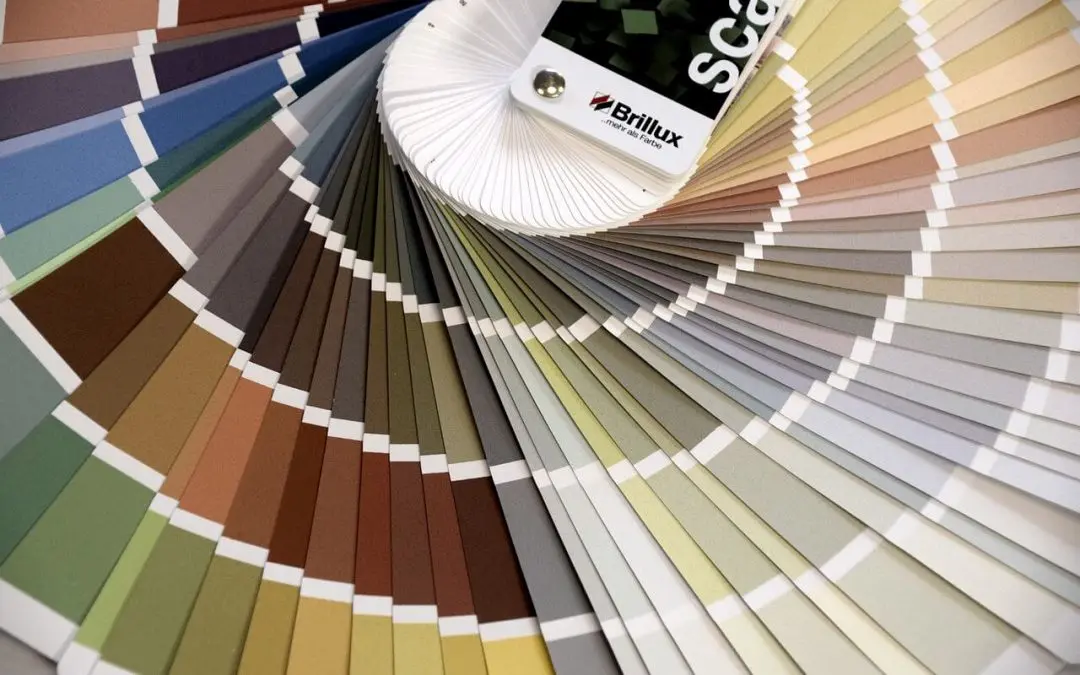Interior design is about creating a space that reflects your personality while providing functionality and comfort. Whether you’re redesigning an entire house or just updating one room, the right design choices will transform your home. Here are some key tips to help you navigate your next interior design project.
Start with a Plan for Your Interior Design
Before you purchase new furniture or paint walls, take the time to plan your design. Think about the room’s purpose and how you want to feel when you’re in it. For instance, do you want your living room to feel cozy and inviting or sleek and modern? Consider the needs of your household, too. If you have children or pets, you may need durable fabrics and materials that will withstand wear and tear.
Once you have a clear vision of the space, measure your room dimensions. Understanding the scale of your space will help you choose the right furniture and layout so that your design is both beautiful and functional.
Choose a Cohesive Color Palette
Color is one of the most powerful elements in interior design. A well-chosen color palette sets the tone for the entire room. Start by selecting a base color that you love and build from there. Neutral tones like whites, grays, and beiges provide a timeless foundation, while bolder colors can be introduced through accents like pillows, rugs, and artwork.
When selecting colors, consider how they flow from one room to another. Creating a cohesive color scheme throughout your home will enhance the sense of continuity and balance. If you’re unsure where to begin, take inspiration from nature, textiles, or a favorite piece of art. Remember that colors affect mood; for example, blues and greens tend to create a calm, serene environment, while reds and oranges are energizing.
Embrace Natural Light in Your Interior Design
Lighting can make or break the ambiance of a room, and natural light is one of the best resources you have. Whenever possible, maximize the natural light in your space by arranging furniture near windows and choosing light, airy window treatments. Reflective surfaces like mirrors or glossy finishes will also help bounce light around the room, making it feel larger and more open.
If your space lacks natural light, make sure to layer different types of lighting to create depth and warmth. Incorporate ambient lighting, such as ceiling fixtures, task lighting like desk lamps or reading lights, and accent lighting to highlight key features like artwork or architectural details. Well-planned lighting improves the functionality of a room and enhances its visual appeal.
Balance Texture and Materials
Texture plays a crucial role in interior design, adding depth and interest to your space. Combining different textures—smooth, rough, soft, and hard—creates a dynamic look that engages the senses. Consider layering soft fabrics like velvet or wool with harder materials like wood or metal to strike a balance.
Incorporate natural materials wherever possible. Wood, stone, and leather bring a sense of warmth and grounding to any room. Textured textiles, such as throw blankets, rugs, and cushions, add layers of comfort that will make the space feel cozy and inviting. Pay attention to the tactile experience of a room as much as its visual impact.
Focus on Functionality
While aesthetics are essential, functionality should never be sacrificed in the name of design. Every room in your home should serve a specific purpose, and it’s important that the design supports that function. For example, a living room may need a comfortable seating area for guests, while a home office requires efficient storage and task lighting.
Think about how you’ll use the space on a daily basis. In a kitchen, ensure there’s enough counter space for food prep and that storage is easily accessible. In a bedroom, prioritize a calming, clutter-free environment that promotes relaxation. By blending form and function, you’ll create a space that is beautiful and practical.
Interior design is a creative process that allows you to express your personality and enhance the functionality of your home. Follow these tips, and you’ll create a space that feels harmonious and personal. Keep in mind that your home should be a reflection of who you are, so have fun with the process and make choices that resonate with you.
FAQs
What role does flooring play in interior design?
Flooring is a major design element that sets the tone for a room. It can either blend into the background or be a standout feature. Hardwood floors, for example, offer a timeless and versatile look, while tiles or patterned rugs add texture and personality. When selecting flooring, consider how it fits with the rest of your design and how it will be used—durability and ease of maintenance are key factors, especially in high-traffic areas like the kitchen or entryway.
How do I choose the right window treatments for my room?
Window treatments should serve both aesthetic and functional purposes. For rooms that require more privacy, heavier drapes or blinds are appropriate, while in spaces where you want to maximize light, sheer curtains or Roman shades are ideal. The fabric, color, and texture of your window treatments should complement the room’s decor. For a formal look, opt for floor-length drapes, while more casual rooms will benefit from simpler treatments.
What’s the best way to mix different furniture styles in one space?
Mixing furniture styles is all about creating harmony through balance and contrast. Start by identifying a unifying element, such as color, material, or shape, that ties the pieces together. For example, a contemporary sofa can pair beautifully with a rustic wooden coffee table if both items share similar tones or textures. The key is to blend the styles thoughtfully so the room feels cohesive rather than mismatched. Don’t be afraid to experiment, as mixing styles will create a unique, personalized space.
M&T Inspection Services offers professional home inspections in Indianapolis. Contact us to schedule an appointment for our services.

